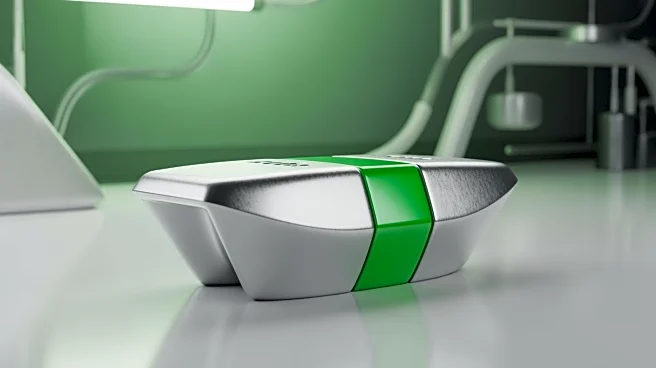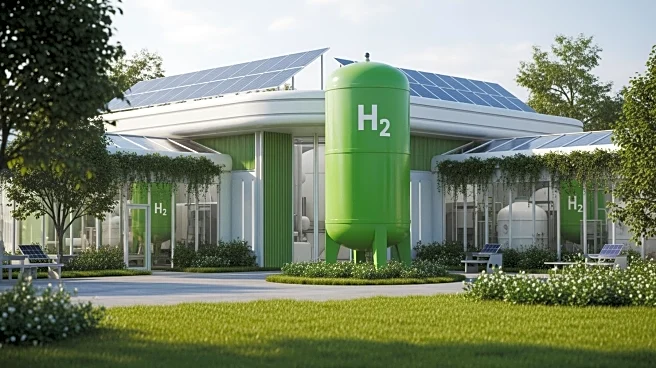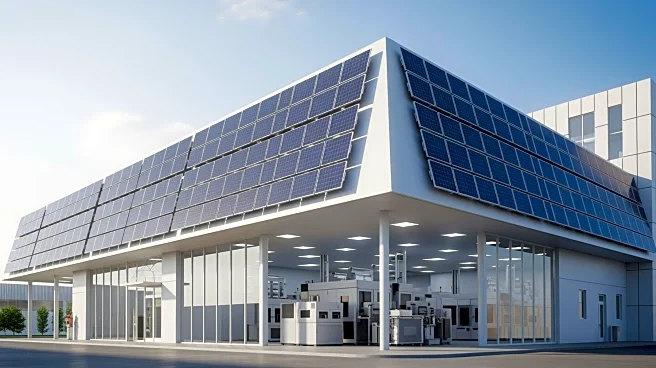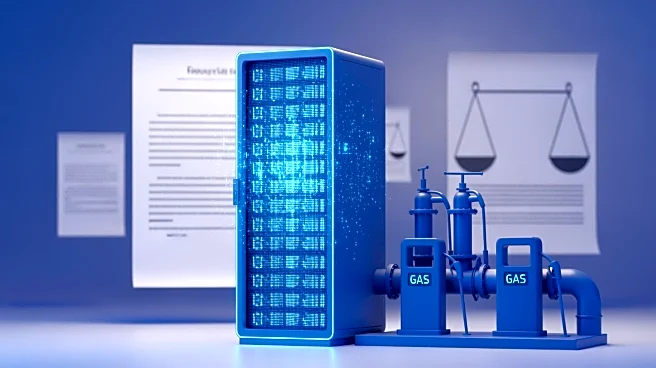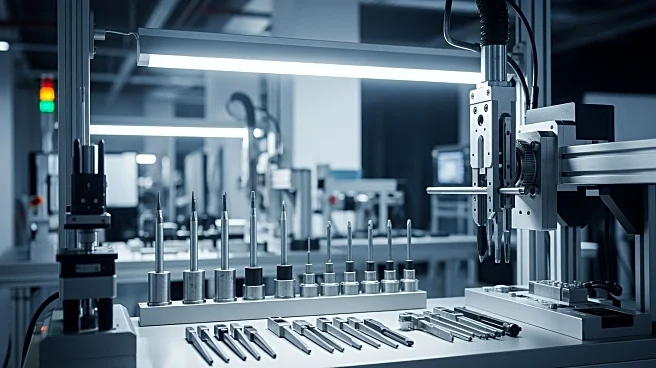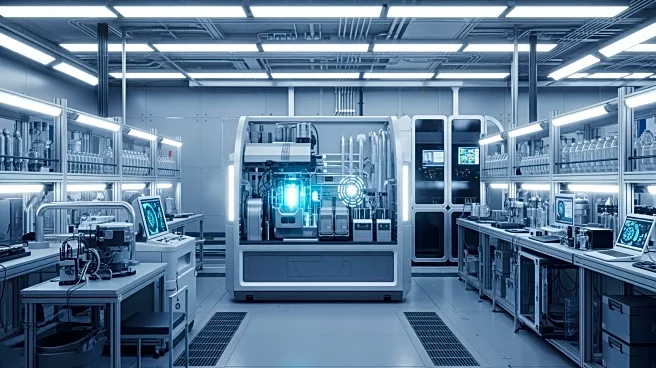What's Happening?
Vedanta Aluminium has expanded its low-carbon product portfolio with the introduction of Restora at its Bharat Aluminium Company (BALCO) plant in Korba, Chhattisgarh. Restora is designed for industries
such as automotive, construction, electricals, packaging, and renewable energy, enabling customers to build greener value chains. The product is made using renewable energy and has a verified greenhouse gas emission intensity below four tonnes of CO₂ per tonne of aluminium, meeting global low-carbon standards. This development marks a significant milestone in Vedanta's journey towards achieving net zero carbon by 2050 and reinforces its commitment to sustainable manufacturing.
Why It's Important?
The launch of Restora is a critical step in Vedanta Aluminium's efforts to reduce carbon emissions and promote sustainable manufacturing practices. By offering a product with low greenhouse gas emissions, Vedanta is contributing to the global push for decarbonized supply chains. This move is likely to influence other companies in the industry to adopt similar practices, potentially leading to a broader shift towards sustainability in manufacturing. Industries that utilize aluminium, such as automotive and construction, stand to benefit from reduced environmental impact and enhanced corporate responsibility.
What's Next?
Vedanta Aluminium plans to expand its Restora product line to include value-added products, meeting the evolving demands of its customers. This expansion could further solidify Vedanta's position as a leader in sustainable manufacturing. As the company progresses towards its net zero carbon goal by 2050, it may face increased scrutiny from environmental groups and regulatory bodies, necessitating continued innovation and transparency in its operations.
Beyond the Headlines
The introduction of Restora highlights the growing importance of environmental, social, and governance (ESG) factors in corporate strategy. Companies like Vedanta are increasingly prioritizing sustainability to meet consumer expectations and regulatory requirements. This trend may lead to long-term shifts in manufacturing practices, with a focus on reducing carbon footprints and enhancing resource efficiency.
